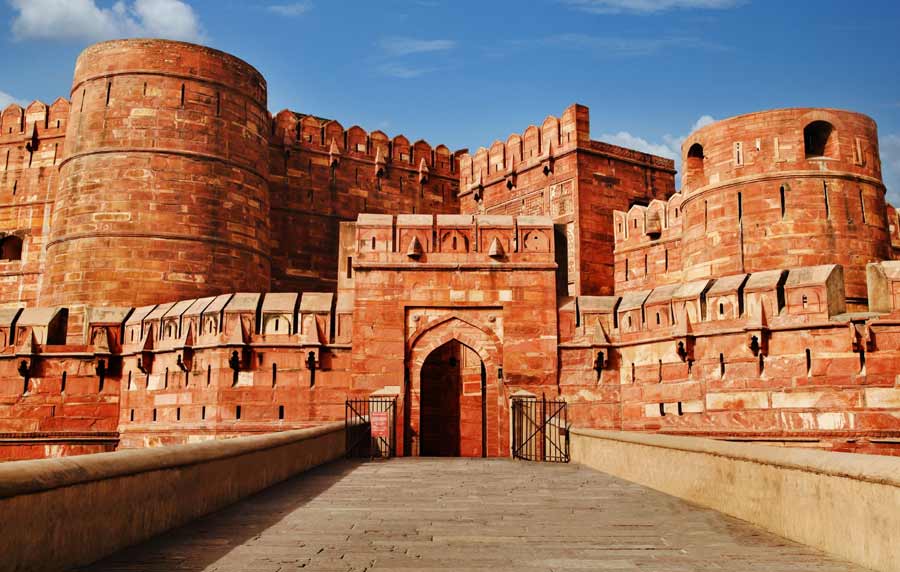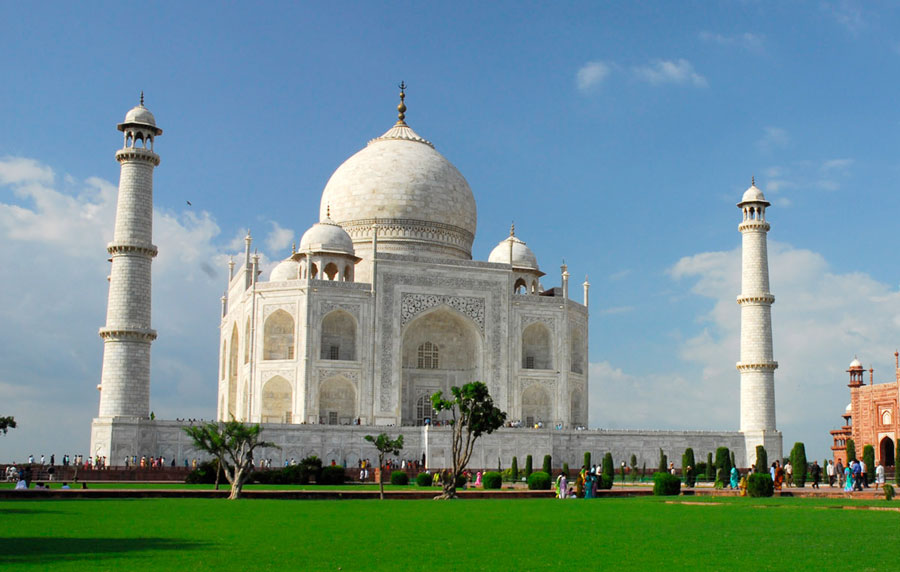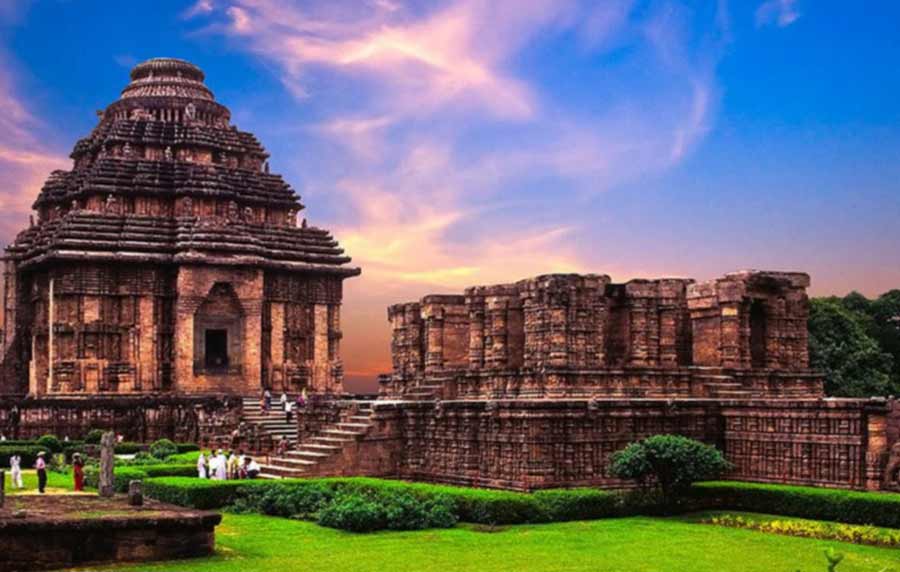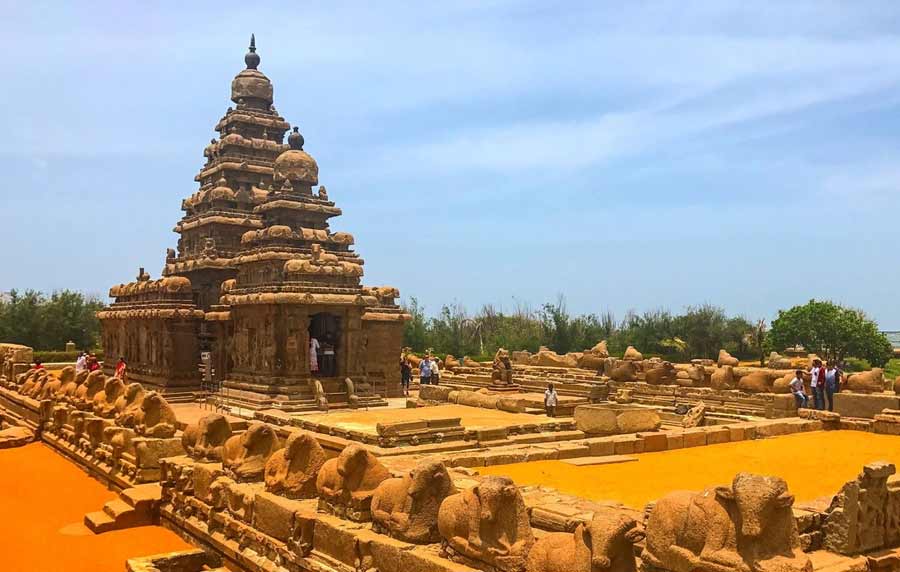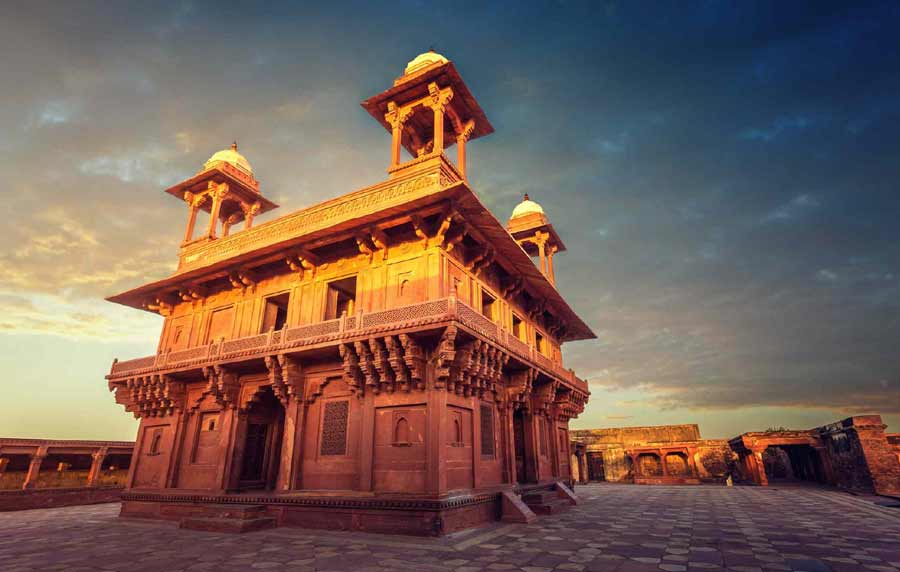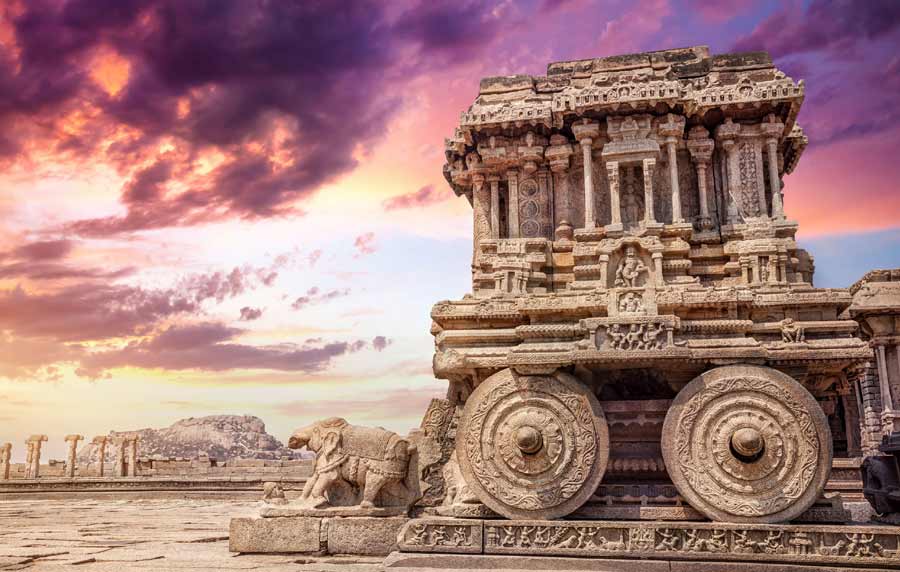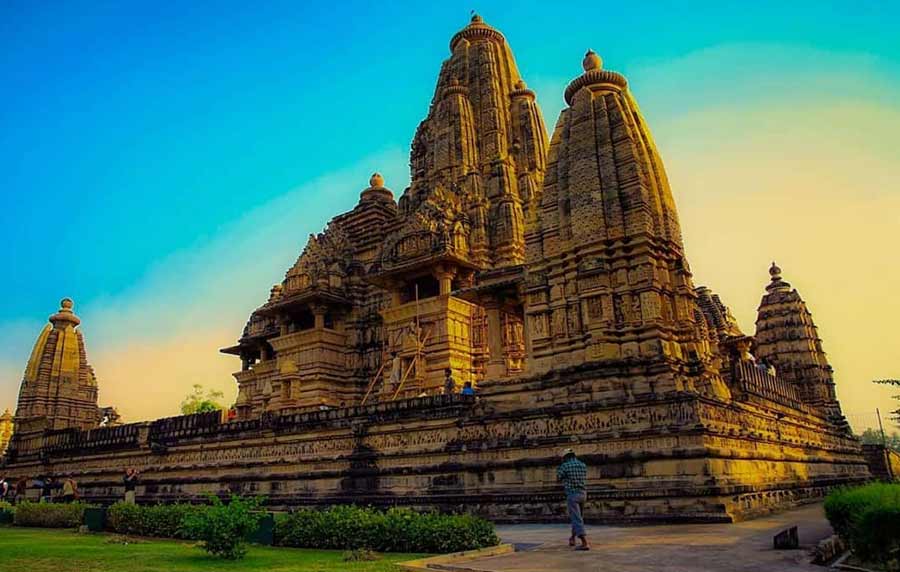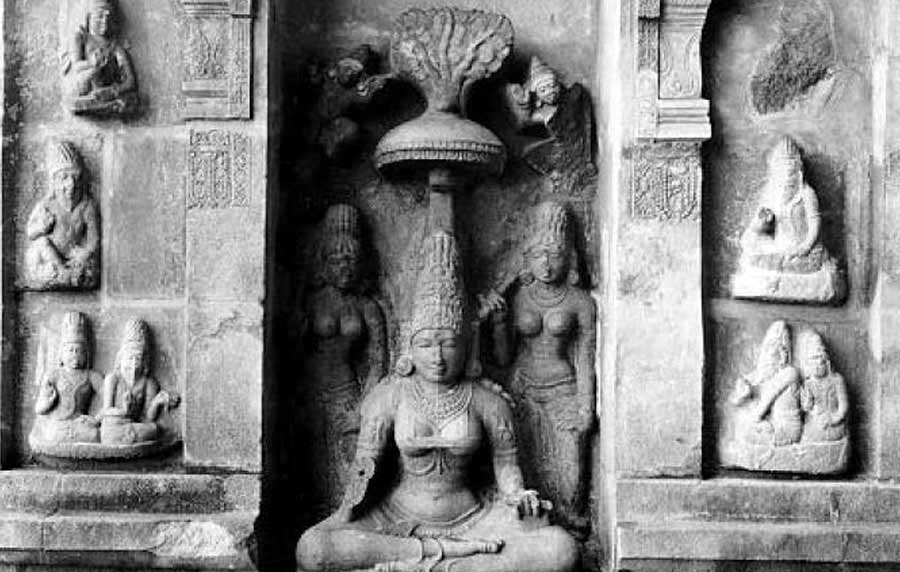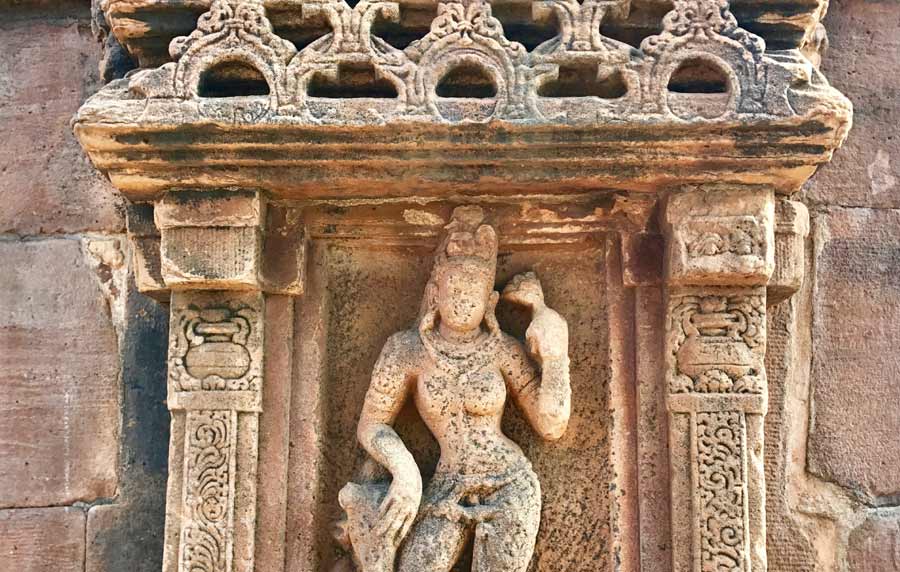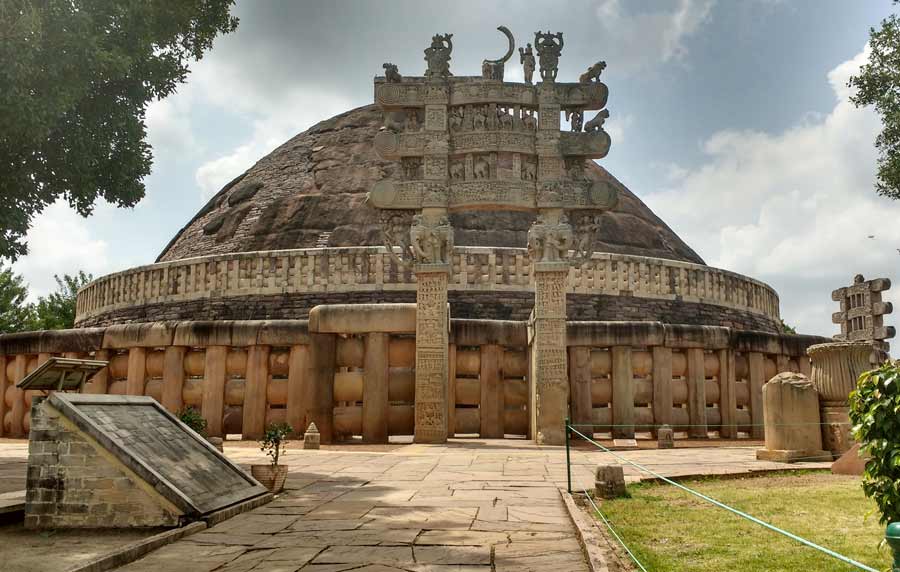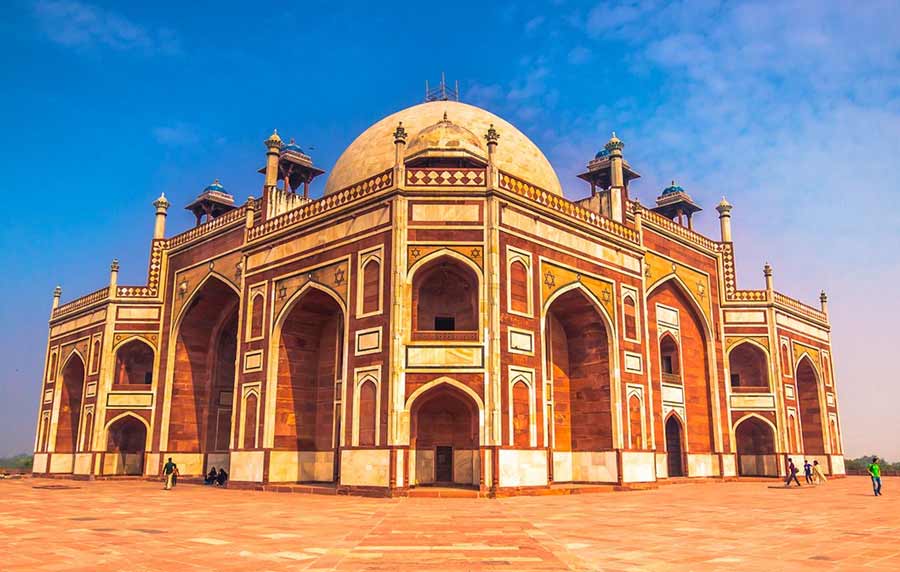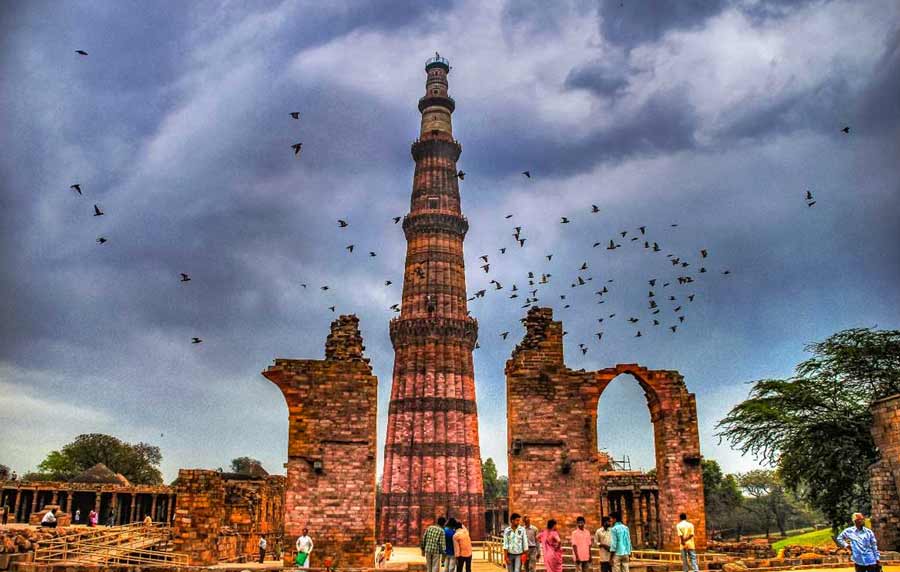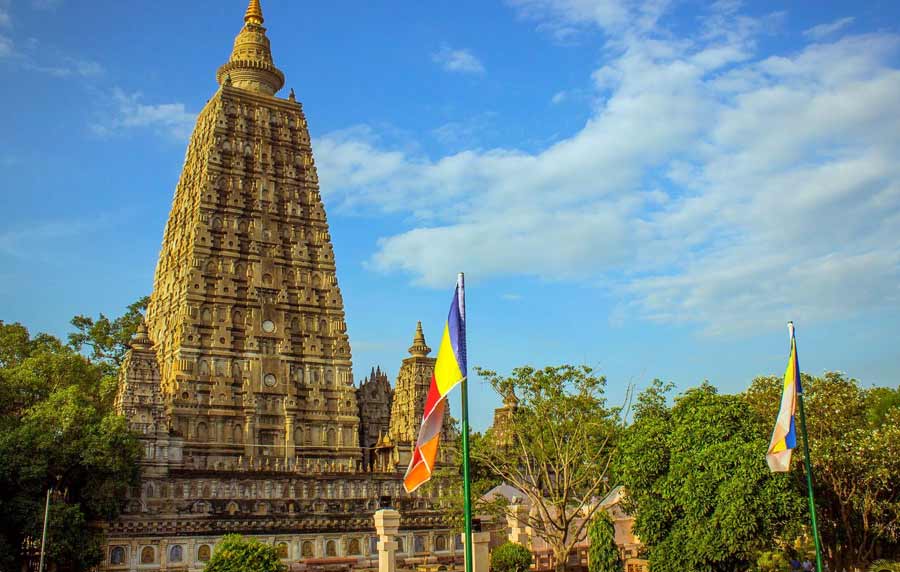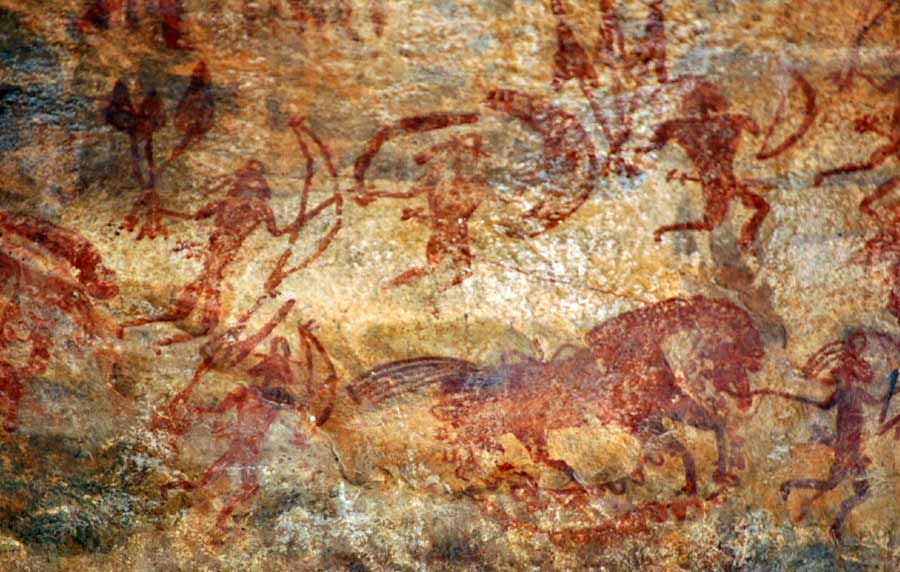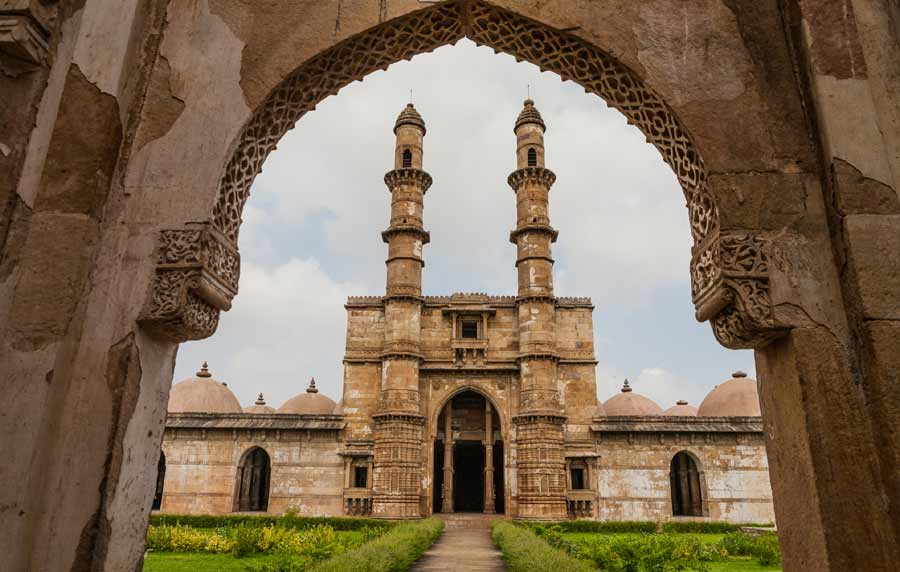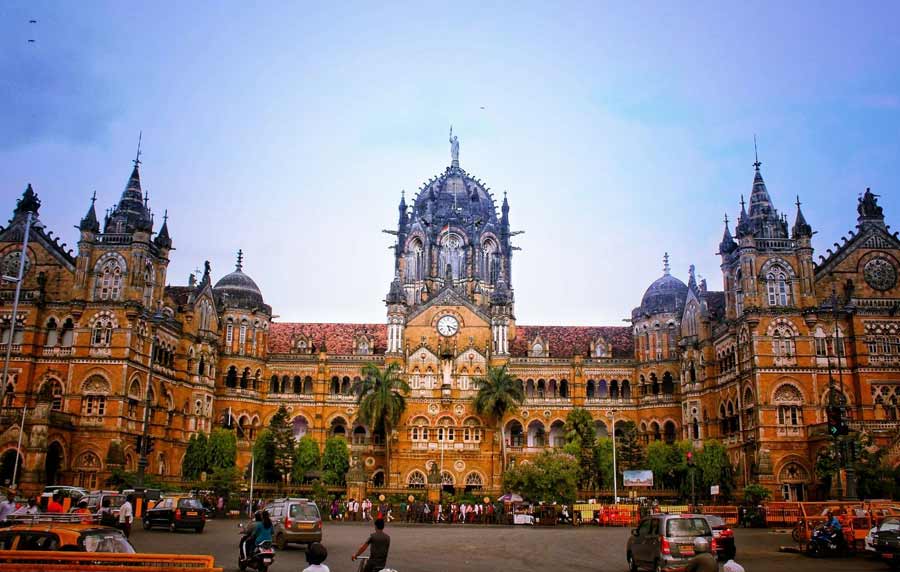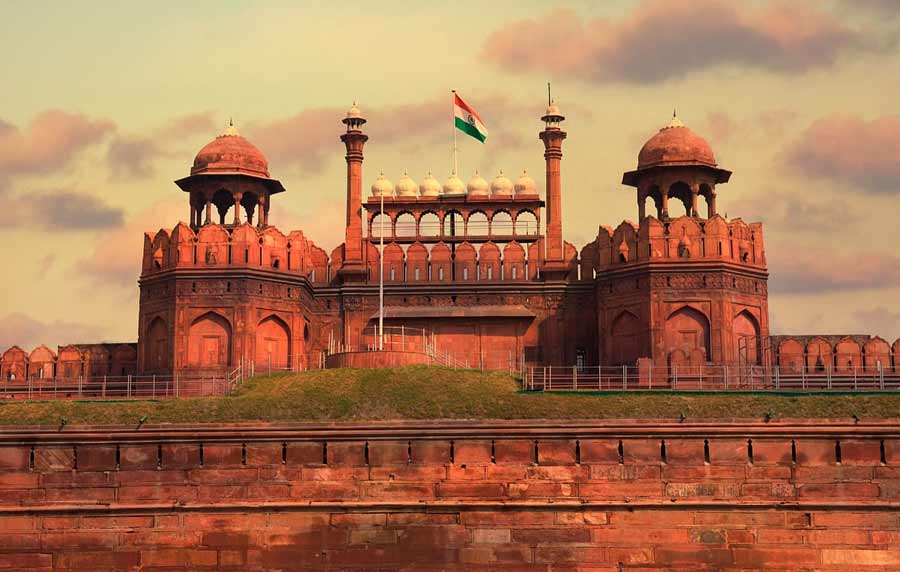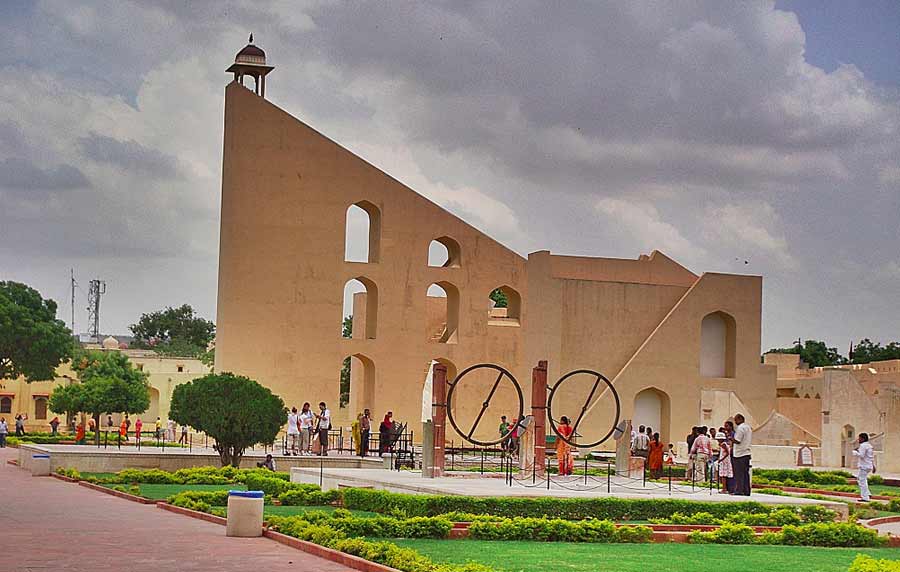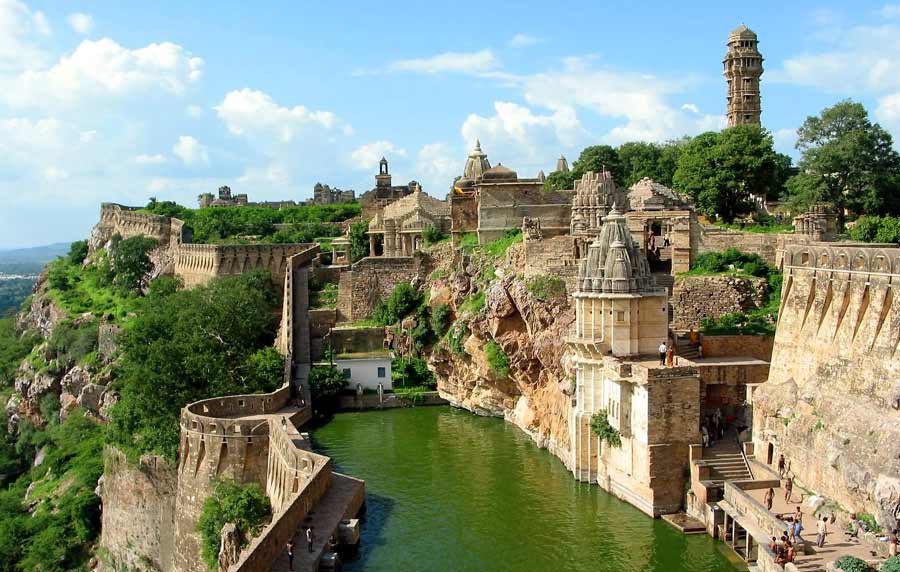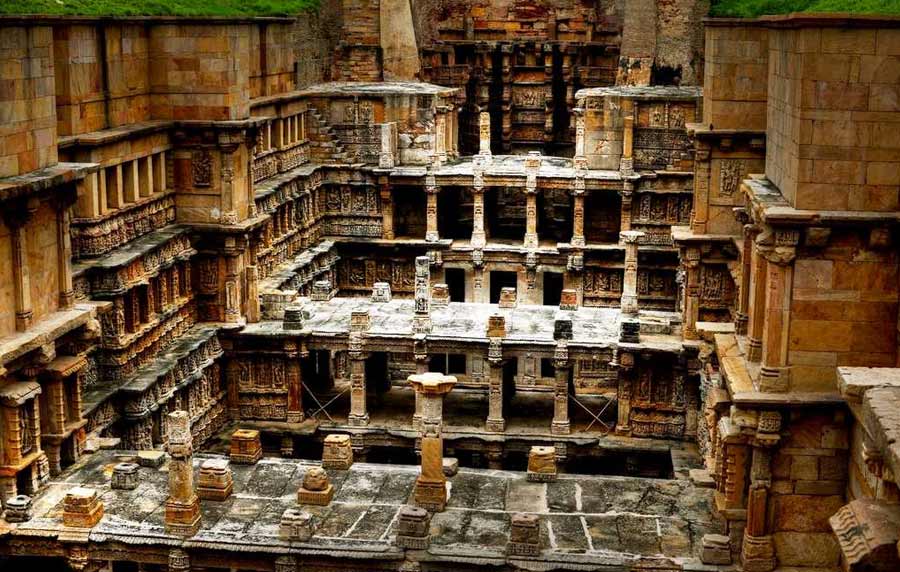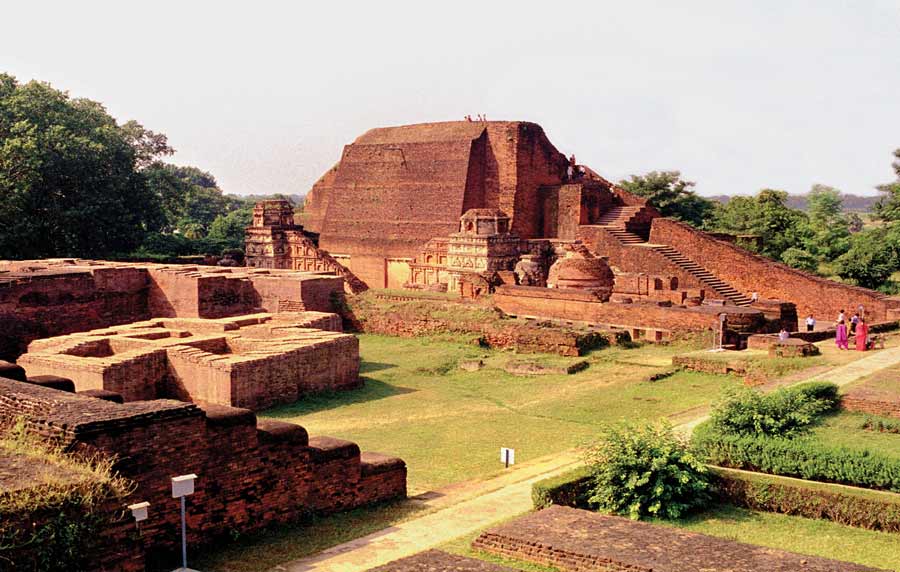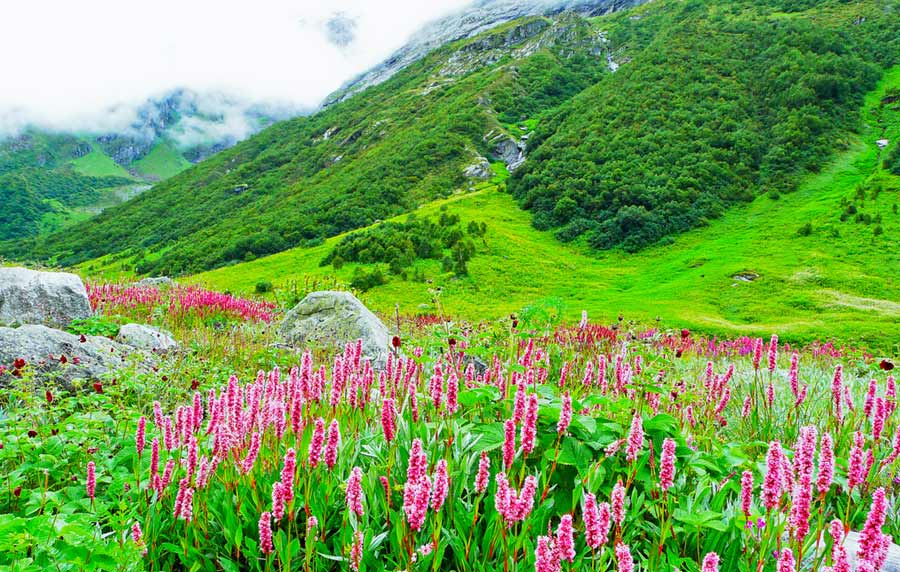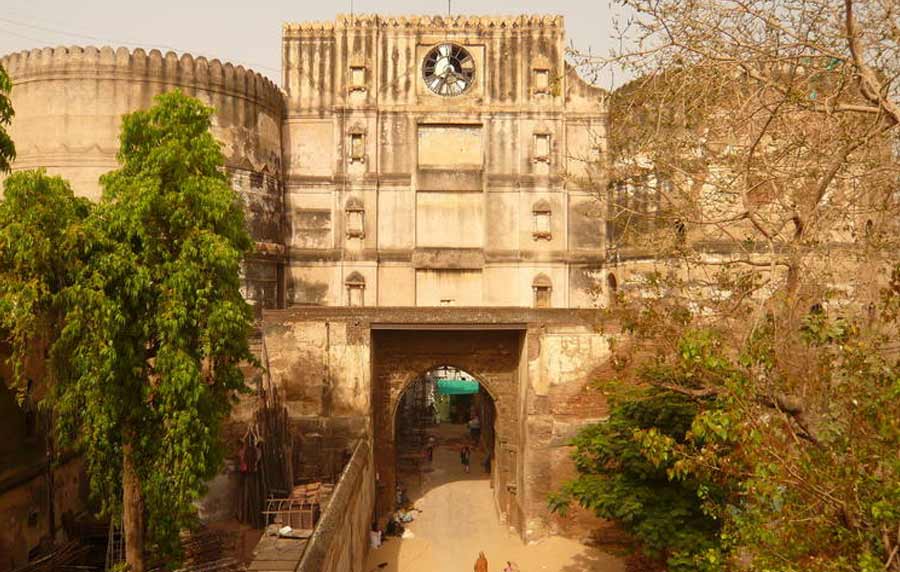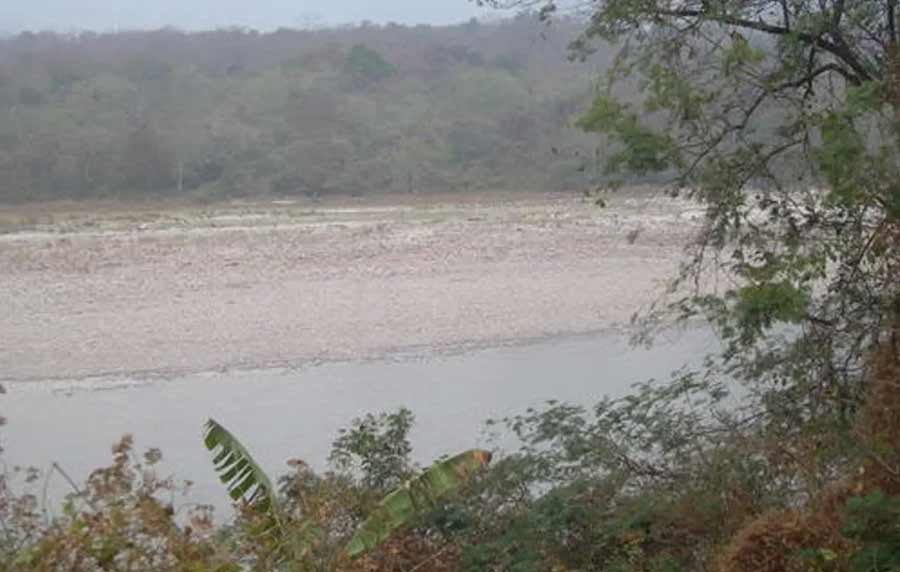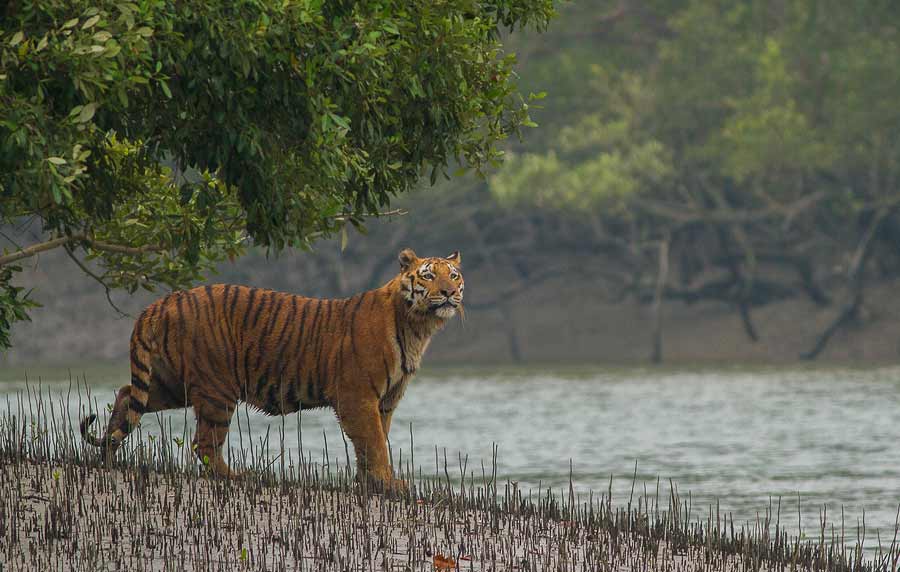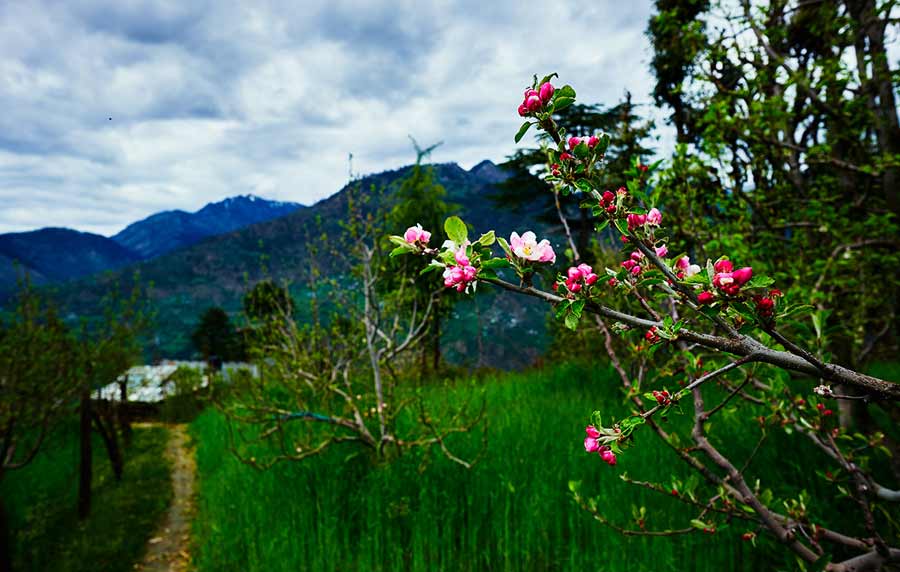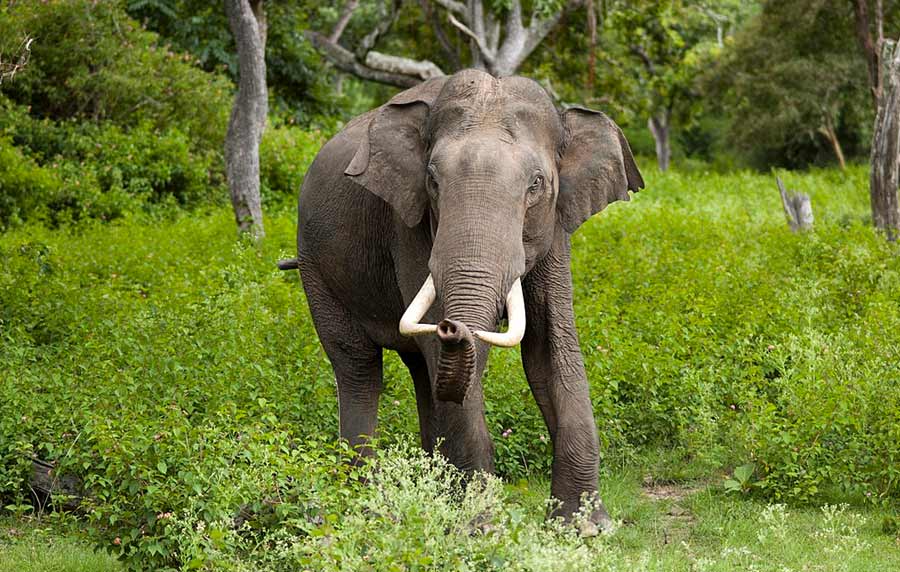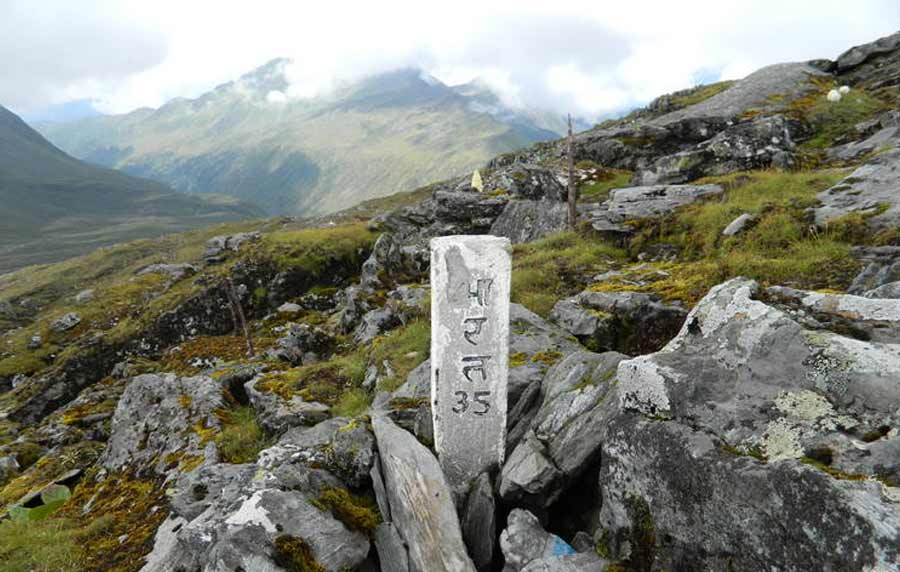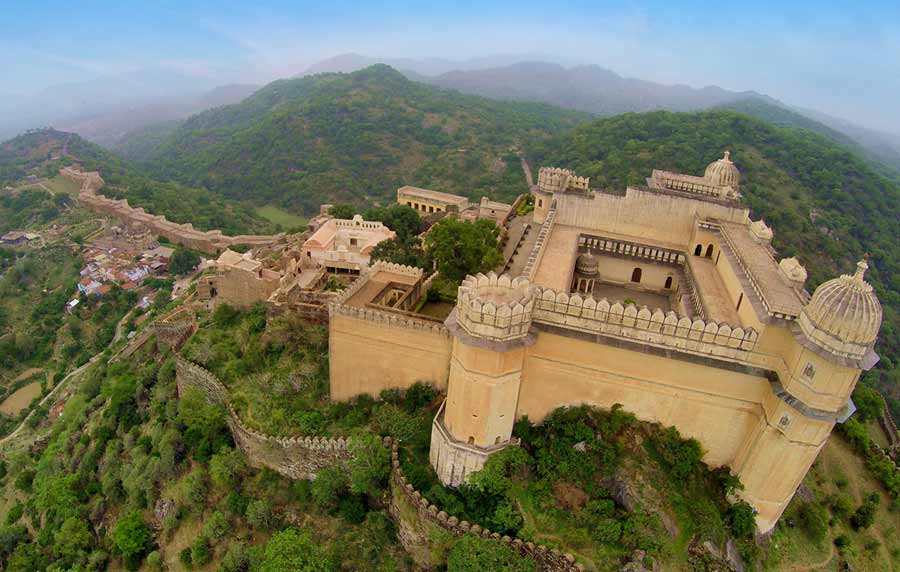Sundarbans National Park
The Sundarbans covers 10,000 km2 of land and water (more than half of it in India, the rest in Bangladesh) in the Ganges delta. It contains the world's largest area of mangrove forests. A number of rare or endangered species live in the park, including tigers, aquatic mammals, birds and reptiles.
Shared between India and Bangladesh, the Sundarbans meaning beautiful forest, have been declared a UNESCO heritage site. This area has a silent charm that manages to amaze one with the simplicity and naturalness of its ecological balance in spite of offering habitat to some of the most dynamic and awe-inspiring flora and fauna. They are in fact the last remaining stands of the mighty jungles which once covered the Gangetic plain and the sustainability of this natural structure is pretty majestic. Since 1966, the Sundarbans have been a wildlife sanctuary, and it is estimated that there are over 400 Royal Bengal Tigers and about 30, 000 spotted deer in the area.
This forest has the largest number of Sundari trees. Sundarbans epitomize wilderness with its meandering rivers, springs, creeks and estuaries. It is a declared Tiger Reserve, home to the Royal Bengal Tiger- an almost extinct species who swim in the saline water and are often man-eating varieties.
Other endangered species in the Bioreserve are Batagur baska, King Crabs, Olive Ridley and Turtle. You can also find the jungle fowl, giant lizards, spotted deer, wild boar and crocodiles in these forests. The Siberian ducks are another famous attraction here. Besides this, there are over 64 varieties of Mangroves such as Goran, Genwa, Dhundal, Garjan, Kankra, Sundari and Passur. Make sure to hit the Nilkamalor Hiron Point and Katka viewpoints that offer fantastic views of animals in the wilderness. Also, enjoy the mud-flats called Chargheri Char where you can enjoy coastal trekking.
UNESCO World Heritage Sites India
The United Nations Educational, Scientific and Cultural Organization (UNESCO) World Heritage Sites are important places of cultural or natural heritage as described in the UNESCO World Heritage Convention, established in 1972. There are 37 World Heritage Sites located in India. These include 29 cultural sites, seven natural sites and one mixed site. India has the sixth largest number of sites in the world. Recently, Orchha is enlisted in the tentative list of UNESCO. The Seventh Wonder of the World and a UNESCO World Heritage Site, Taj Mahal is not merely a site that brings us to the pages of history; it is an epitome of true love, brilliant architecture and artistic precision. The white-marble mausoleum was commissioned by Shah Jahan for his wife, Mumta Mahal, way back in 1632. And to complete the masterpiece it took about 22 years and as much as 20,000 artisans.
 +91 9799050299
+91 9799050299 


